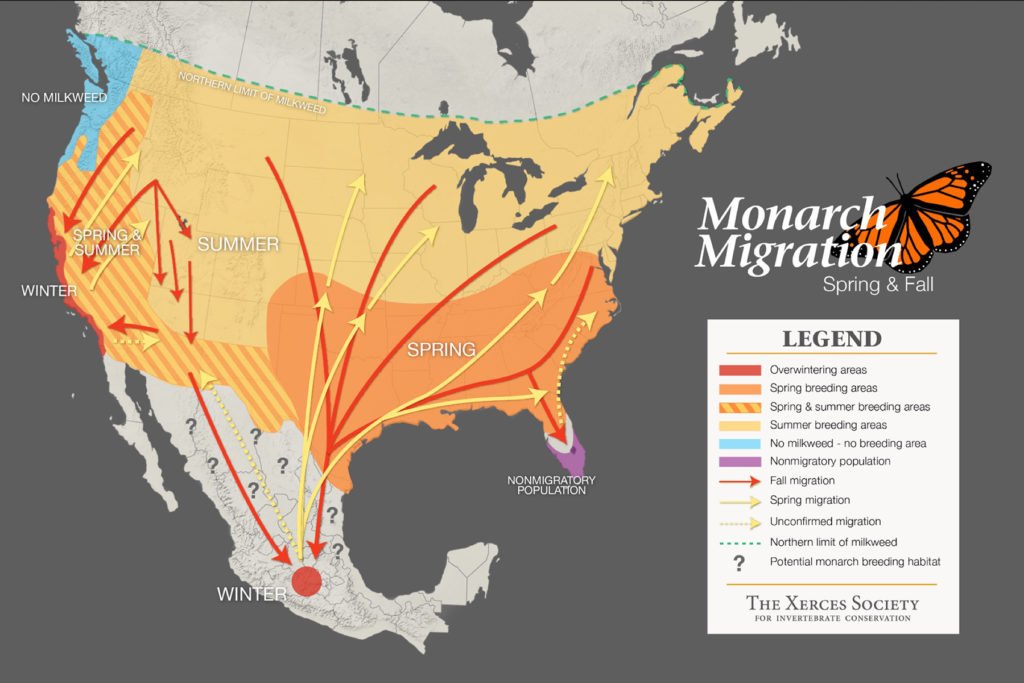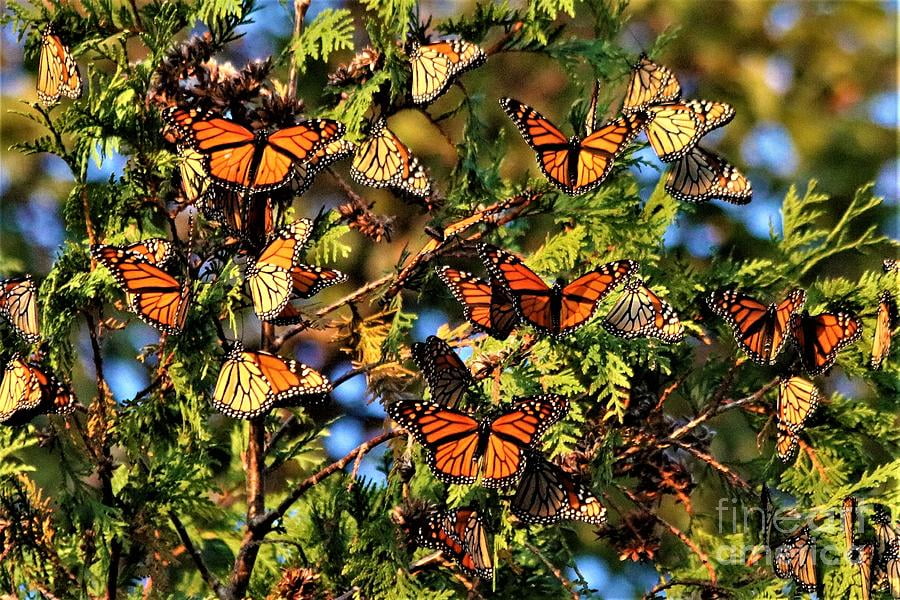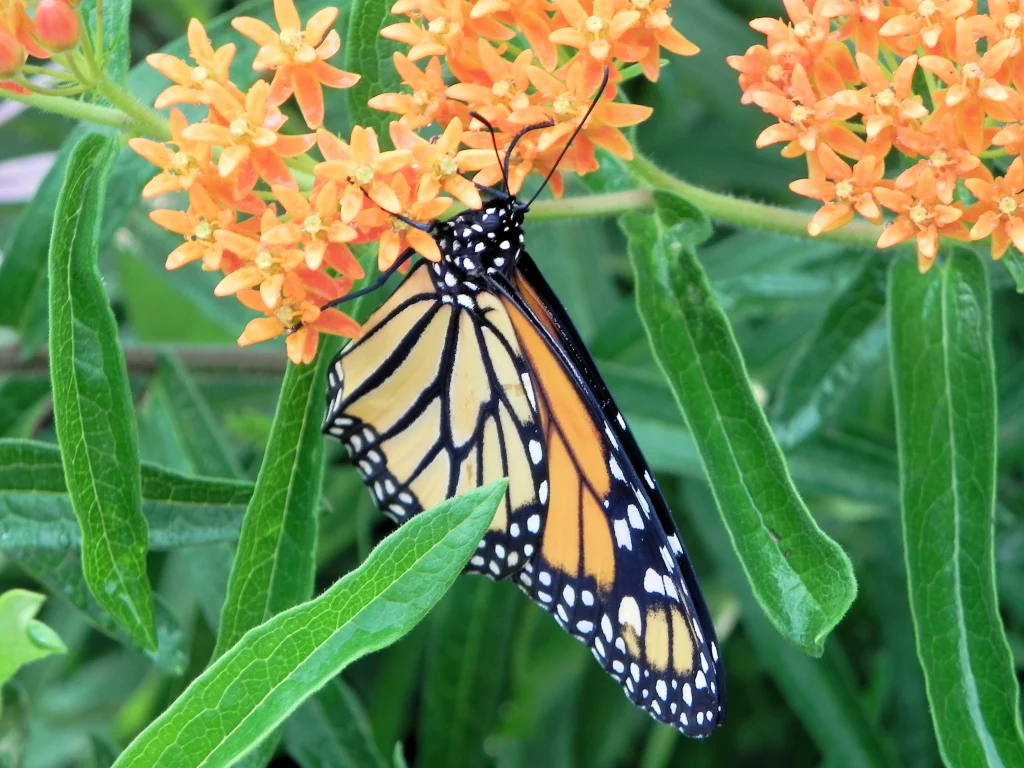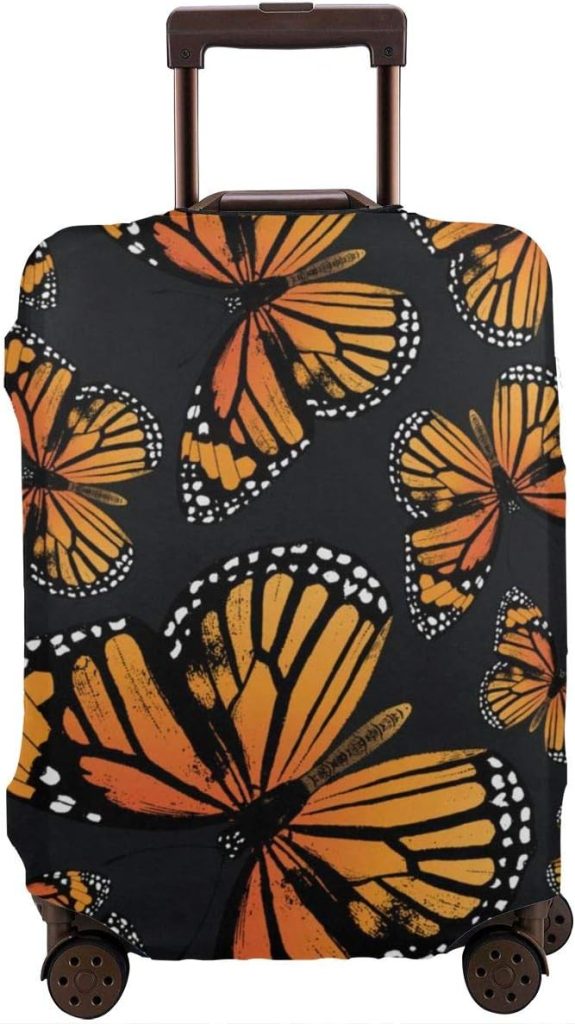Monarch butterflies are known for their long-distance seasonal movements, which can be described as both migration and avoidance of cold temperatures. These movements involve a remarkable phenomenon called the “Monarch Butterfly Migration.”

Monarch butterflies in North America undertake an extraordinary journey every year. They travel from their breeding grounds in the United States and Canada to their overwintering sites in Mexico, covering distances of thousands of miles. This migration is triggered by a combination of factors, including the changing seasons and the need to find suitable conditions for breeding and survival.

The primary reason for this migration is to avoid the cold temperatures and scarcity of resources that occur in their breeding areas during winter. Monarchs are cold-blooded insects and cannot tolerate freezing temperatures. By migrating to warmer regions, they can find suitable habitats with abundant food sources, such as nectar-producing flowers, or Milkweed species (Asclepias) which are required for Monarch Butterfly reproduction. This makes Monarch Butterfly Waystations very important for their migration.


The Adventures of Johnny Butterflyseed – Author Signed First Edition Children’s Book
Save the monarchs!
Johnny Butterflyseed and his fairy friend, Raven Silverwing, embark on a mission to save the rapidly disappearing butterflies. They enlist the help of Queen Venus Goldwing and her kingdom of monarchs to educate and inspire kids to become butterfly farmers. At first, Johnny faces his own internal struggle with self-doubt and fear in his ability to make a difference, but then soon develops a mindset that allows him to not only get started, but also make progress one day at a time. Through challenge after challenge, Johnny learns that he is not alone in his mission and that there are many people who want to help. Together, Johnny, Raven, and Queen Venus educate thousands of children on becoming butterfly farmers.
However, it’s worth noting that the term “migration” is typically used to describe the regular, predictable, and cyclical movements of animals between different regions. Monarch butterflies display such behavior by returning to the same overwintering sites and breeding areas year after year.

So, while monarch butterflies are indeed avoiding the cold temperatures, their long-distance movements and specific navigation to overwintering sites technically qualify as “migration”. This phenomenon is considered one of the most remarkable in the animal kingdom.
